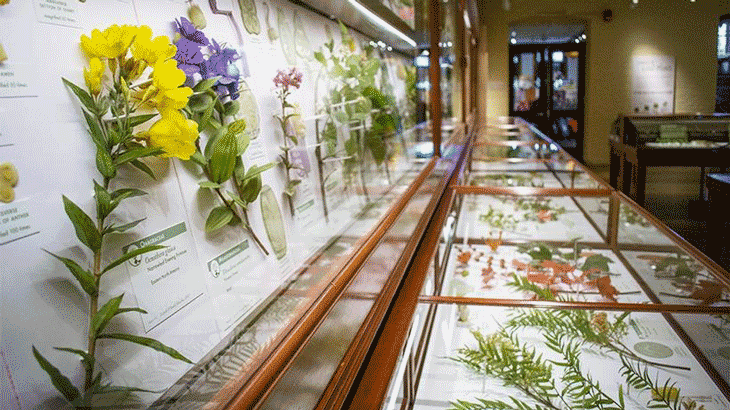Science and art have been shaping history and culture for centuries. People often believe that they are two sides of the same coin, but the relationship between the two is far more intimate. Without art, science would lack years of historical data, and without science, material and anatomical breakthroughs in art would not have been possible. The interplay between these two disciplines blossomed during the Renaissance in the anatomical sketches and advances of artists.
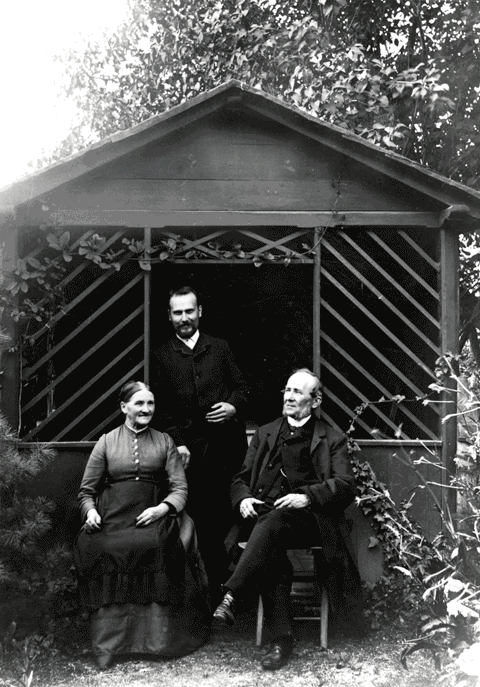
For a long period, scientific art was primarily two-dimensional sketches and models. In the modern era, 3D printed models, computer-rendered images, and computer animation expand the artistic scope. However, this technology wasn’t available until relatively recently. In the late 1800s, a father and son duo created some of the first 3Dl “specimens.” Leopold Blaschka and his son Rudolf were glass artists from Czechoslovakia, known for their delicate glasswork. Their family had been training in gem cutting, gold work, glass, etc, for generations. Leopold began manufacturing glass eyes, but it was in Leopold’s free time that he began making botanical pieces. As his work gained traction, Prince Camille de Rohan commissioned a collection of 100 orchid models, which were displayed in an exhibition in 1862. A life-long lover of the natural world, Leopold took great care in the fine details, creating lifelike specimens.
This exhibition was attended by Professor Reichenbach, who was the director of the Dresden Natural History Museum and Botanic Gardens. Preservation techniques for natural specimens were crude at the time, especially for invertebrate sea creatures, which were often kept in glass jars filled with alcohol. The delicate nature of these specimens didn’t hold up in the jars and would lose color, definition, and in some cases fall apart. Impressed by the detail of Leopold’s work, the professor commissioned a few glass models of invertebrates for the Museum. This task opened up new doors for Leopold, and once Rudolf was old enough, he too would join the workshop as well. After the success of the first few specimens of anemones, the rest of the invertebrates followed. Jellyfish, squid, sea cucumbers, and more were painstakingly crafted with the utmost detail. An unexpected benefit of the glass models was the translucence and glossiness of the specimens; both qualities that are hard to capture in an illustration.
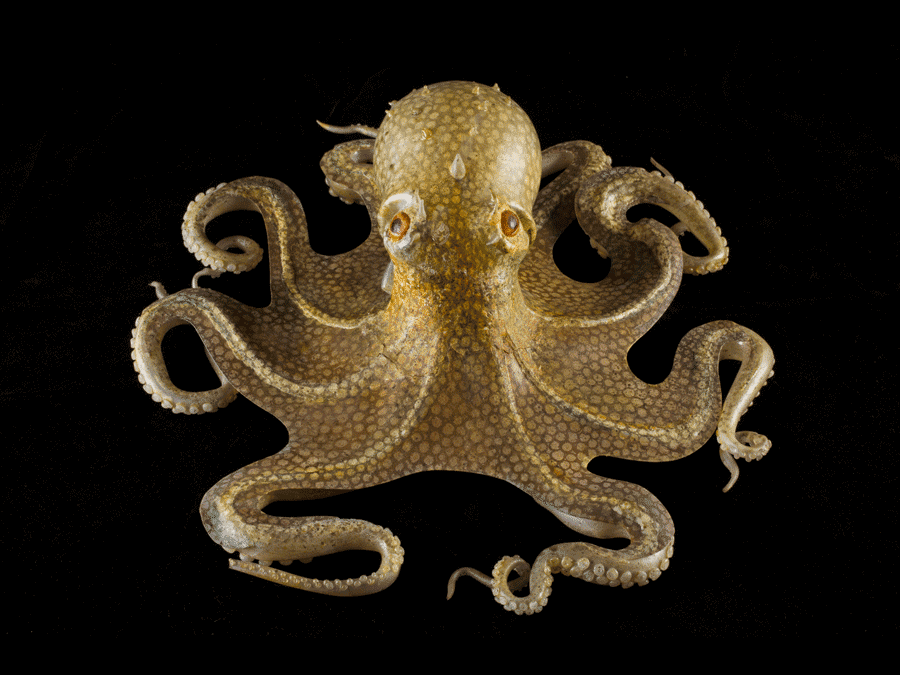
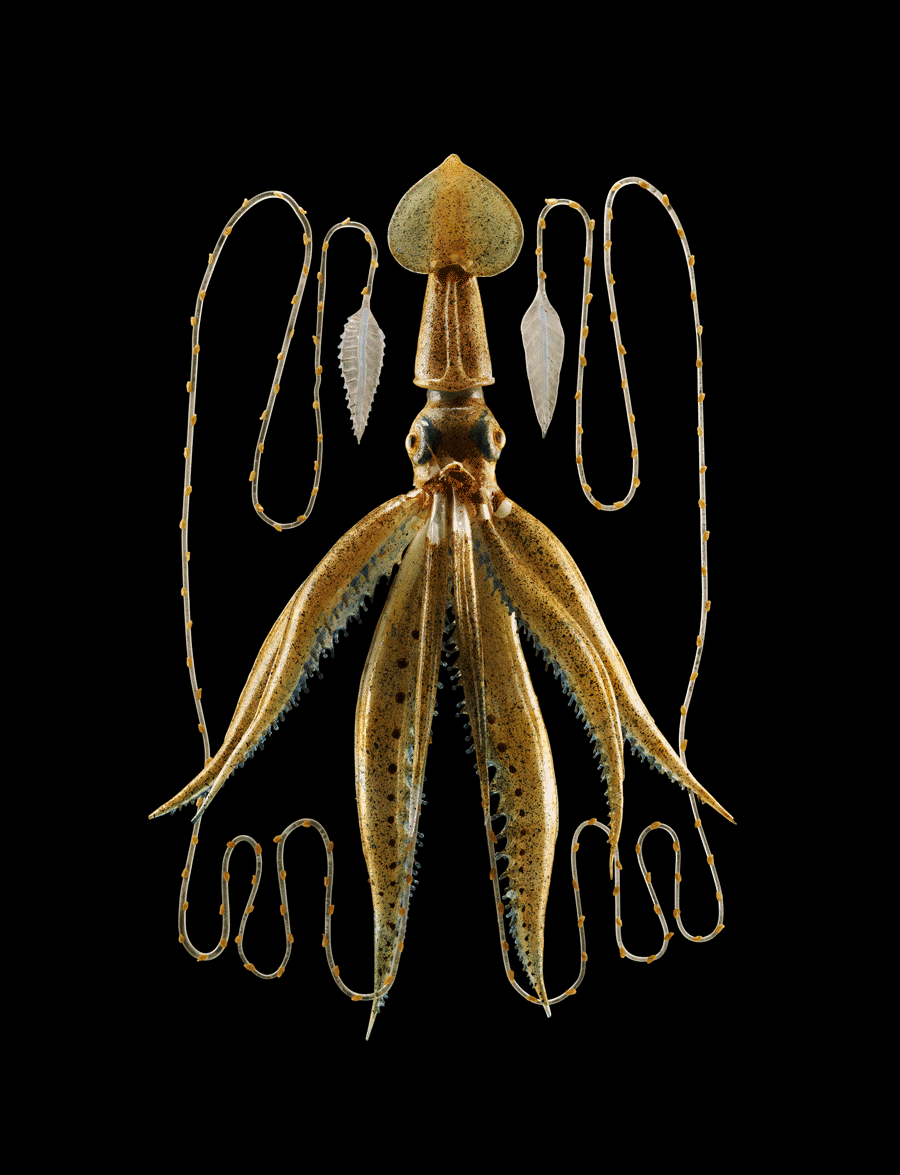
Much of this marine biology collection was acquired by Cornell, and some by professors at Harvard. Over the following years, The Blaschkas would receive new illustrations that they would then translate into new glass models. The skill of the Blaschkas is highlighted in the fact that these glass models were created before borosilicate glass was widely used in lamp work glass. Borosilicate is a much stronger and more durable glass than the more traditional glass that the Blaschkas worked with.
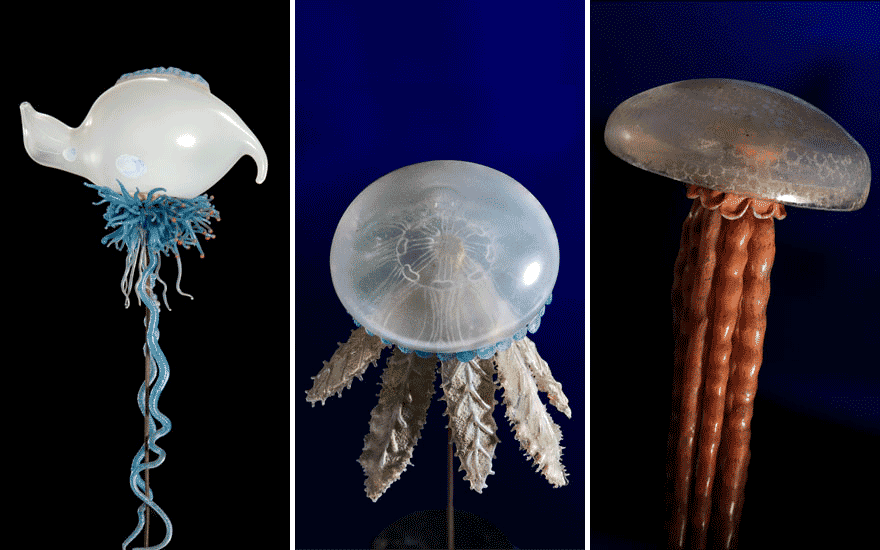
The founder of the Harvard Botanical Museum, George Lincoln Goodale, had a similar problem to that of Professor Reichenbach. Botanical specimens, unless living in a greenhouse or conservatory, don’t hold up well to time, and must be preserved by drying/pressing. This process doesn’t conserve accurate form or color. Goodale saw the work of the Blaschka marine life collection and knew that this would be the best method to capture the likeness of botanical specimens.

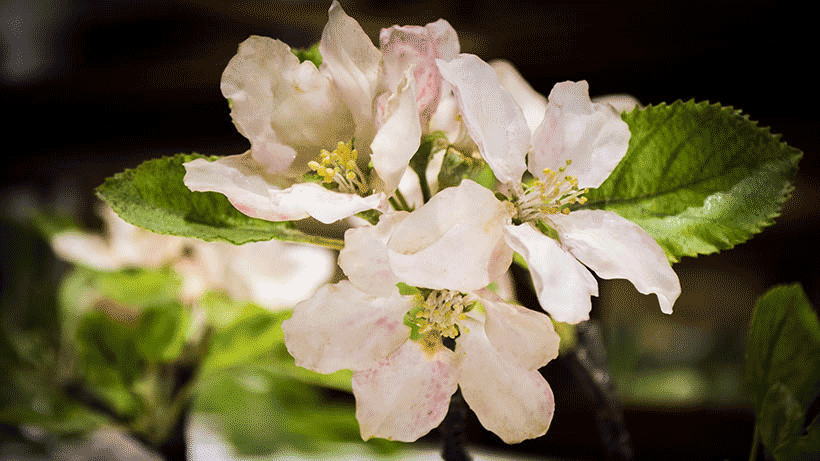
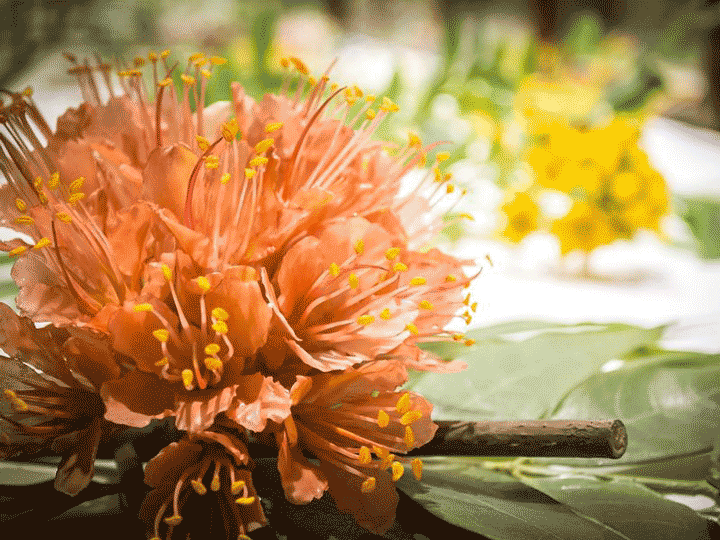
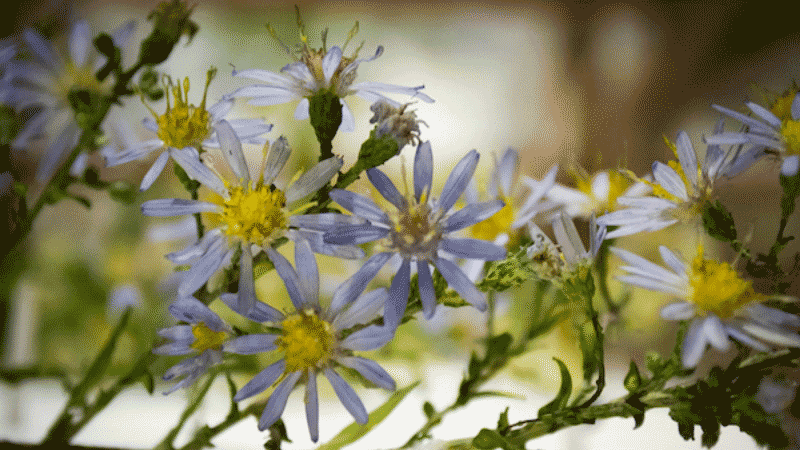
With the financial backing of the Ware family, Goodale commissioned Leopold and Rudolf. It was this relationship with Harvard that increased the workload for the Blaschkas, pushing them to work only within the Harvard community up until 1936. Over a period of 50 years, the duo produced over 4,000 botanical specimens for the Harvard Botanical Museum. Unlike organic specimens collected at that time, the Blaschka collection (though fragile) remains about as lustrous and just as detailed as the day they were created. This glass garden still resides at Harvard and can be viewed in a recently renovated exhibit. While new, more durable, technologies are available in the modern era, the works of Leopold and Rudolf immortalized specimens that would have been lost to time.
